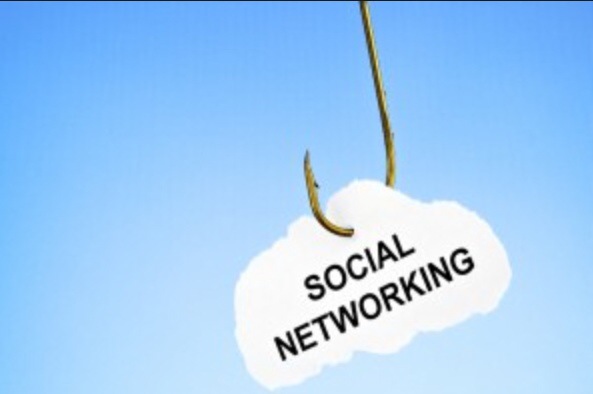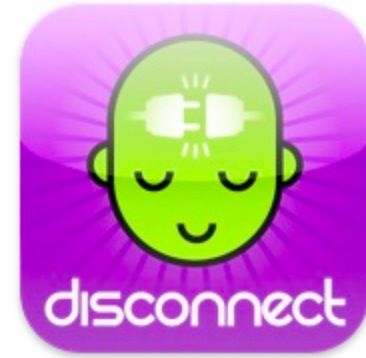
At the risk of being compared to a bulldog that just won’t release something until its owner commands, I find myself continuing to research various aspects of social media even after not only “breaking up” with Facebook six weeks ago (as it was referred to in a couple of previous posts) but going so far as to delete the app from my iPhone and iPad. I love doing research, and working in a college-setting provides the perfect environment in which to partake in one of my most favorite hobbies. Besides, traffic in the Writing Center slows down considerably during the summer, so until a student comes in to be tutored, I’ll blog. It’s more fun and way cheaper in the long-run than perusing eBay and Amazon anyway.
As it turns out, Internet addiction is no longer joked about; it is very real and as debilitating as any other addiction. Mental health professionals are treating more and more Americans whose daily lives are consumed by their obsession to being connected 24/7 to their digital devices and businesses catering to “digital detoxing” are springing up in the form of rehabs and weekend campouts where participants learn (re-learn?) how to build real connections.
One participant at one such camp situated in Navarro, California admitted to following as many as 1,200 Twitter users and skimming nearly two hundred RSS feeds DAILY when he was the editor of a news blog. He refers to it as an “ever-accelerating conveyor belt of content that would have made Lucy and Ethel choke,” citing the indelible episode of “I Love Lucy” in which the two comediennes try their best to keep up with the candy on the conveyor belt that needed to be individually wrapped. This camper’s work-life crises–which he compared to Walter White’s, the meth kingpin of “Breaking Bad”–culminated when his hands became numb and his doctor officially pronounced him “burned out.” Similar to AA’s first step in which an alcoholic admits that his life has become unmanageable, the diagnosis prompted this camper to seek help.
If a user’s addiction is not as severe as to warrant being admitted to an Internet rehab such as the one at Bradford Regional Medical Center in rural Pennsylvania, eighty miles south of Buffalo, New York, or to attend a detox camp, then perhaps any one of a number of “anti-social” apps might help to wean one from the lure of constant connection. The app, Anti-Social, blocks sites that make users unproductive, such as Facebook and Twitter, for periods of as little as fifteen minutes to as much as eight hours. Designed to enhance one’s productivity, Anti-Social promises “you’ll be amazed how much you get done when you turn off your friends.”
And for those who have “friends” that they prefer to avoid, apps such as “Cloak,” “Split,” and “Hell Is Other People” may be appealing. This inevitable backlash to bullies, flamers, and otherwise unscrupulous people sends alerts to users when exes, nosy neighbors, and other undesirables pass within a preset radius. Of course, social check-ins and other geo-location information is required for the apps to work successfully, but it will only be a matter of time before these anti-social apps are sufficiently tweaked.
While social media certainly encourages connection and bridges communication, its darker aspects are emerging, especially among our youth, in reports of cyber bullying, increased depression and suicide. As businesses and organizations attempt to figure out how to harness and leverage social media for constructive purposes, they are also keeping in mind that organizational reputations can be destroyed in a split-tweeting- second. As a former teacher of emotionally disturbed children and teenagers, I cannot help but be intrigued by how this will all play out in the future. The most interesting days are surely ahead.

